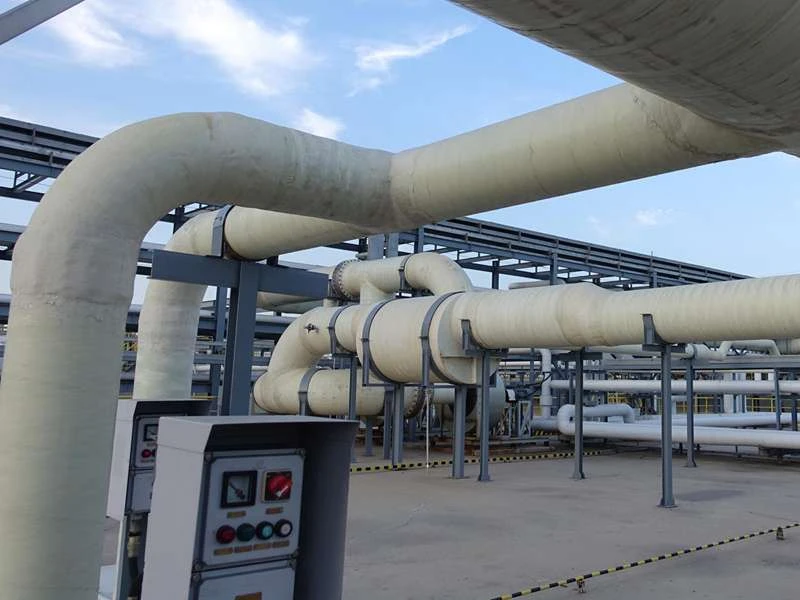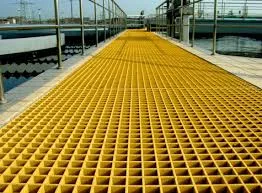
-
 Afrikaans
Afrikaans -
 Albanian
Albanian -
 Amharic
Amharic -
 Arabic
Arabic -
 Armenian
Armenian -
 Azerbaijani
Azerbaijani -
 Basque
Basque -
 Belarusian
Belarusian -
 Bengali
Bengali -
 Bosnian
Bosnian -
 Bulgarian
Bulgarian -
 Catalan
Catalan -
 Cebuano
Cebuano -
 China
China -
 China (Taiwan)
China (Taiwan) -
 Corsican
Corsican -
 Croatian
Croatian -
 Czech
Czech -
 Danish
Danish -
 Dutch
Dutch -
 English
English -
 Esperanto
Esperanto -
 Estonian
Estonian -
 Finnish
Finnish -
 French
French -
 Frisian
Frisian -
 Galician
Galician -
 Georgian
Georgian -
 German
German -
 Greek
Greek -
 Gujarati
Gujarati -
 Haitian Creole
Haitian Creole -
 hausa
hausa -
 hawaiian
hawaiian -
 Hebrew
Hebrew -
 Hindi
Hindi -
 Miao
Miao -
 Hungarian
Hungarian -
 Icelandic
Icelandic -
 igbo
igbo -
 Indonesian
Indonesian -
 irish
irish -
 Italian
Italian -
 Japanese
Japanese -
 Javanese
Javanese -
 Kannada
Kannada -
 kazakh
kazakh -
 Khmer
Khmer -
 Rwandese
Rwandese -
 Korean
Korean -
 Kurdish
Kurdish -
 Kyrgyz
Kyrgyz -
 Lao
Lao -
 Latin
Latin -
 Latvian
Latvian -
 Lithuanian
Lithuanian -
 Luxembourgish
Luxembourgish -
 Macedonian
Macedonian -
 Malgashi
Malgashi -
 Malay
Malay -
 Malayalam
Malayalam -
 Maltese
Maltese -
 Maori
Maori -
 Marathi
Marathi -
 Mongolian
Mongolian -
 Myanmar
Myanmar -
 Nepali
Nepali -
 Norwegian
Norwegian -
 Norwegian
Norwegian -
 Occitan
Occitan -
 Pashto
Pashto -
 Persian
Persian -
 Polish
Polish -
 Portuguese
Portuguese -
 Punjabi
Punjabi -
 Romanian
Romanian -
 Russian
Russian -
 Samoan
Samoan -
 Scottish Gaelic
Scottish Gaelic -
 Serbian
Serbian -
 Sesotho
Sesotho -
 Shona
Shona -
 Sindhi
Sindhi -
 Sinhala
Sinhala -
 Slovak
Slovak -
 Slovenian
Slovenian -
 Somali
Somali -
 Spanish
Spanish -
 Sundanese
Sundanese -
 Swahili
Swahili -
 Swedish
Swedish -
 Tagalog
Tagalog -
 Tajik
Tajik -
 Tamil
Tamil -
 Tatar
Tatar -
 Telugu
Telugu -
 Thai
Thai -
 Turkish
Turkish -
 Turkmen
Turkmen -
 Ukrainian
Ukrainian -
 Urdu
Urdu -
 Uighur
Uighur -
 Uzbek
Uzbek -
 Vietnamese
Vietnamese -
 Welsh
Welsh -
 Bantu
Bantu -
 Yiddish
Yiddish -
 Yoruba
Yoruba -
 Zulu
Zulu
Feb . 19, 2025 02:12
Back to list
the importance of frp launder in modern water treatment
In the rapidly evolving landscape of water treatment solutions, the role of FRP (Fiber Reinforced Plastic) launders has become increasingly significant. As water purification demands grow, driven by both regulatory pressures and the need for sustainable resources, understanding and optimizing these crucial components can enhance the efficiency and longevity of treatment systems.
In terms of real-world experience, operators across multiple facilities have reported enhanced efficiency and reliability when transitioning to FRP launder systems. An example from a metropolitan water treatment facility highlights how FRP solutions reduced annual maintenance costs by 30%, primarily due to the elimination of corrosion-related repairs. The facility also noted an increase in operational uptime, a critical factor in managing the heavy demands of urban water consumption. Professionals within the industry can attest to the relative ease of installation and maintenance of FRP components, further enhancing their appeal. Lightweight yet strong, FRP launders reduce the need for heavy lifting equipment and large crews during installation, streamlining project timelines and reducing costs associated with labor. Expert opinions emphasize the technical proficiency required to manufacture and install FRP systems correctly. Partnering with a reputable manufacturer that adheres to stringent quality standards ensures the maximum effectiveness of FRP launders. These manufacturers often bring a wealth of knowledge and technological advancements, continuously enhancing material formulas and production techniques to improve performance under varied operational conditions. The evidence for the authoritativeness and trustworthiness of FRP in water treatment comes from its widespread adoption and the body of research supporting its advantages. Industry certifications and compliance with international standards further cement FRP's role as a reliable choice for launders, reinforcing the trust stakeholders place in these systems. As the global focus on water conservation and efficient management intensifies, the role of advanced materials like FRP in modern water treatment becomes even more crucial. Through experience, expertise, authoritativeness, and trustworthiness, FRP launders ensure that treatment plants operate effectively, sustainably, and economically, meeting the high standards expected in today's environmental sector.


In terms of real-world experience, operators across multiple facilities have reported enhanced efficiency and reliability when transitioning to FRP launder systems. An example from a metropolitan water treatment facility highlights how FRP solutions reduced annual maintenance costs by 30%, primarily due to the elimination of corrosion-related repairs. The facility also noted an increase in operational uptime, a critical factor in managing the heavy demands of urban water consumption. Professionals within the industry can attest to the relative ease of installation and maintenance of FRP components, further enhancing their appeal. Lightweight yet strong, FRP launders reduce the need for heavy lifting equipment and large crews during installation, streamlining project timelines and reducing costs associated with labor. Expert opinions emphasize the technical proficiency required to manufacture and install FRP systems correctly. Partnering with a reputable manufacturer that adheres to stringent quality standards ensures the maximum effectiveness of FRP launders. These manufacturers often bring a wealth of knowledge and technological advancements, continuously enhancing material formulas and production techniques to improve performance under varied operational conditions. The evidence for the authoritativeness and trustworthiness of FRP in water treatment comes from its widespread adoption and the body of research supporting its advantages. Industry certifications and compliance with international standards further cement FRP's role as a reliable choice for launders, reinforcing the trust stakeholders place in these systems. As the global focus on water conservation and efficient management intensifies, the role of advanced materials like FRP in modern water treatment becomes even more crucial. Through experience, expertise, authoritativeness, and trustworthiness, FRP launders ensure that treatment plants operate effectively, sustainably, and economically, meeting the high standards expected in today's environmental sector.
Related Products









